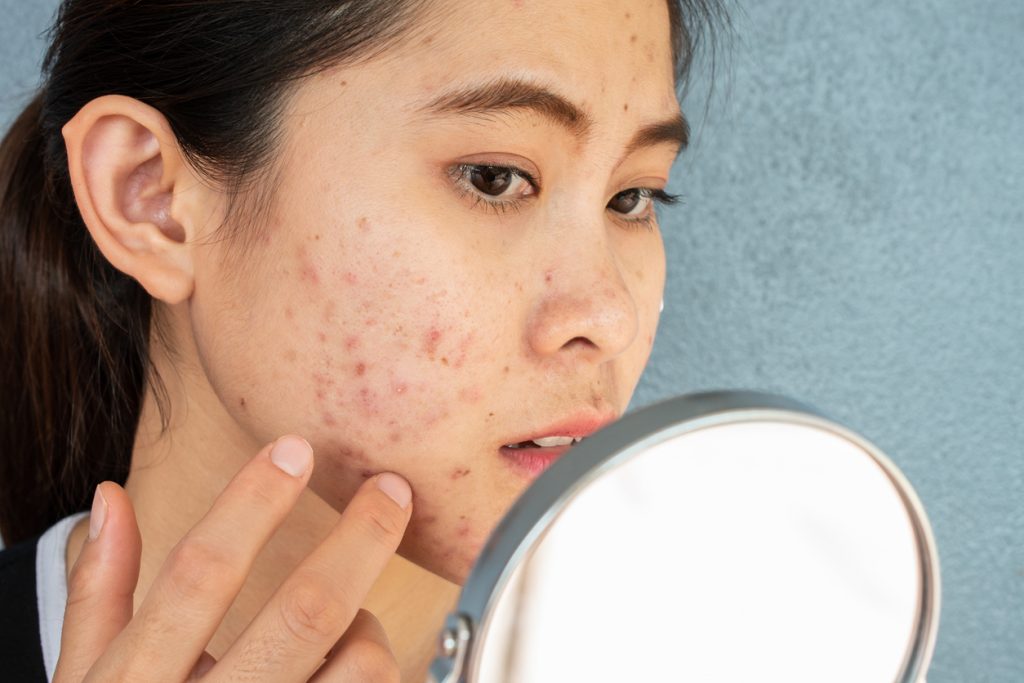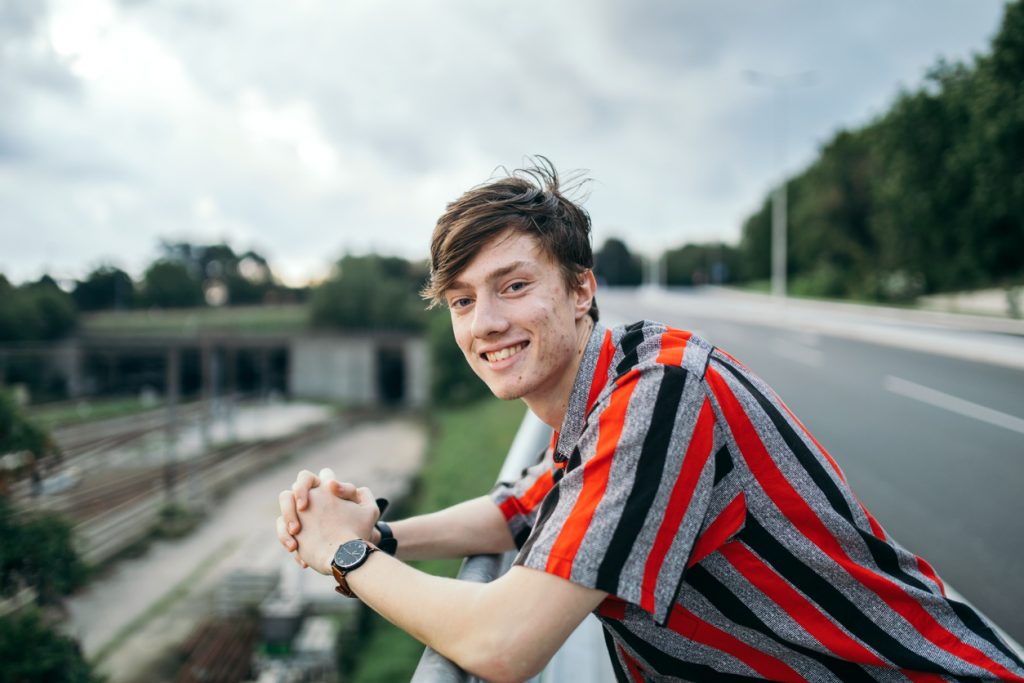6 types of acne and how best to treat them
Although never scientifically proven, anecdotal evidence suggests the likelihood of getting a pimple increases in proportion to how much you really don’t want one. Think, being a teenager and going on your first date, the biggest party of the year, first day at a new job, the list of important occasions a zit can ruin goes on.
So, what are the different types of acne and how do you treat them?

What is acne?
At the start of puberty, androgen hormones are released into the body. Androgens cause the oil glands in the skin of the face, neck, back, shoulders and chest to enlarge and to produce more oil (sebum).
Acne is a skin condition that forms when hair follicle pores become clogged with excess sebum, bacteria, and dead skin cells.
Blackheads, whiteheads, papules, pustules, nodules, and cysts are the most common types of pimples.
6 types of acne
Blackheads generally form on the face, neck, chest, and back and are caused when pores are clogged with debris and oil buildup. They’re categorised by their black appearance where the pimple comes to a head which is from the sebum oxidising at the surface.
Whiteheads are clogged follicles covered by a thin layer of skin that appear as white bumps or spots.
Papules are inflamed lesions that may appear red and can be sensitive and painful.
Pustules are another type of pimple which appears as an inflamed lesion. They’re usually pus-filled and may appear white or yellow. Though it may be tempting to extract their pus, popping pustules can lead to acne scarring.
Nodules are a severe form of acne lesion that develop under the skin; they don’t generally contain pus but are hard to the touch. These acne lesions are generally between 1 and 2cm wide.
Cysts are another severe form of acne lesion that are inflamed and filled with pus. They are generally painful and may require professional medical treatment.

Other acne conditions
Acne fulminans is a rare and severe form of acne that comes on abruptly in adolescent males. It is characterised by inflammatory nodular acne on both the chest and back. It can result in severe scarring fever and painful joints.
Acne mechanica is a form of acne triggered by excess pressure, heat, and friction on the skin. It’s characterised by small bumps that can range from tiny bumps to inflamed lesions.
How to treat acne
Treating infected pimples before the infection can spread to the skin around it is important since inflamed cysts caused by infected skin can often leave a scar.
What can you do to manage acne at home?
Cleansing – try washing the affected areas twice per day using cleansers specifically developed for acne-prone skin. Don’t overdo it. Too much cleansing can cause other skin problems, like dryness or irritations. Keep hair clean and off the face and neck, as oil from the hair can make acne worse.
Make up – choose water based, oil-free products to avoid clogging the pores with oils or powder. Make up should be thoroughly removed before bed.
Don’t squeeze – this can make them worse and lead to scarring.
Diet – there is some weak evidence that a low-GI diet may help some people with acne. Many people think lollies or chocolate cause pimples, but research hasn’t shown any strong link.
When should I see a doctor?
Talk to a doctor if your acne is not improving or if your acne is painful or impacting your mental health. A doctor may refer you to a dermatologist (a skin specialist) to help you decide which treatment is best for you. InstantScripts offers Express Specialist Referrals – InstantScripts.
To speak with an InstantScripts Doctor:
Request a ConsultationIf you have run out of your script:
Request a Script© InstantScripts
Level 8 / 637 Flinders St.,
Docklands VIC 3008

